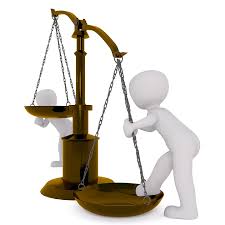Why cutting down hiring costs doesn’t make it cheap
 The harsh reality of hiring costs– we upset ourselves without even knowing it!
The harsh reality of hiring costs– we upset ourselves without even knowing it!
Sometimes we make bad hires because we don’t have the necessary expertise or resources to
ensure robust hiring practices.
I can tell you that there is, in fact, ONE simple reason why bad hires occur.
[read more=”Click here to Read More” less=”Read Less”]
The reason that we make bad hires is quite simple. It is because we make a compromise. Sometimes we settle for less and don’t ensure we hire the best. (We strive to lower hiring costs, yet end up incurring more.)
We don’t make bad hires intentionally. So let’s look at reasons why it may happen:
There’s time pressure to fill the vacant position.
We focus on skills but forget to focus on the person’s attitude.
We tend to ask the wrong questions instead of the right questions.
Focusing too much on “nice to have” qualities rather than the “must haves.”
Hiring bias, such as being seduced into hiring someone we like or someone that “looks” good
Having the wrong people making or influencing the hiring decisions
We may bypass or compromise on important checks, for example, reference checks and personality tests.
The solution is to not Compromise – and ensure we minimise the possible causes. We can do this by:
Having a mindset of securing the best candidate (not the first)
Reducing pressure to hire quickly
Hiring for attitude first and skills second
Focus on getting the “must haves” right before the “nice to haves”
Ensuring we have the right people involved in the hiring process
Making hiring a group decision, eg involve key members that will work with the candidate
Using behavioural based interviewing techniques
Using robust checks (eg reference checks and personality tests etc)
By doing these things you will experience a higher percentage of successful hires and a reduction in the frequency and expensive hiring costs of a bad hire. For more information on hiring right, contact Neil at 1300Hired. [/read]





 Our Campaign for Business Growth
Our Campaign for Business Growth
